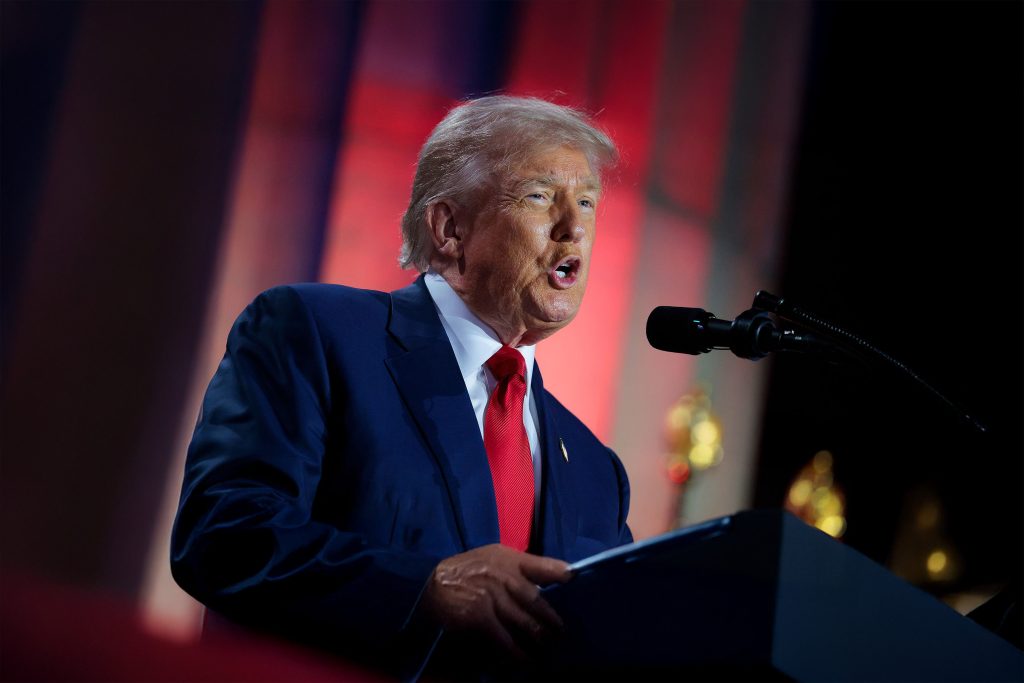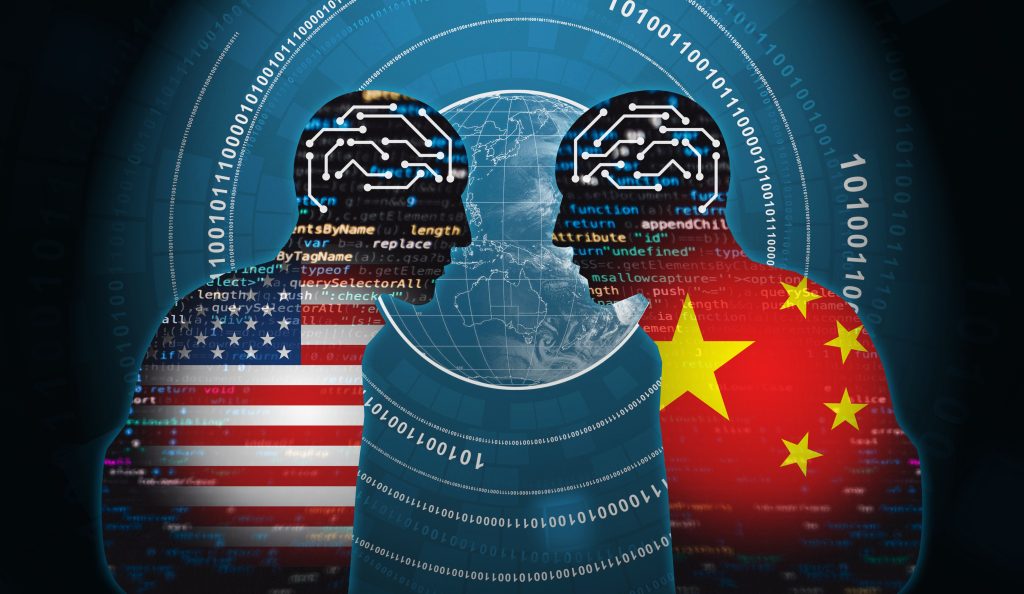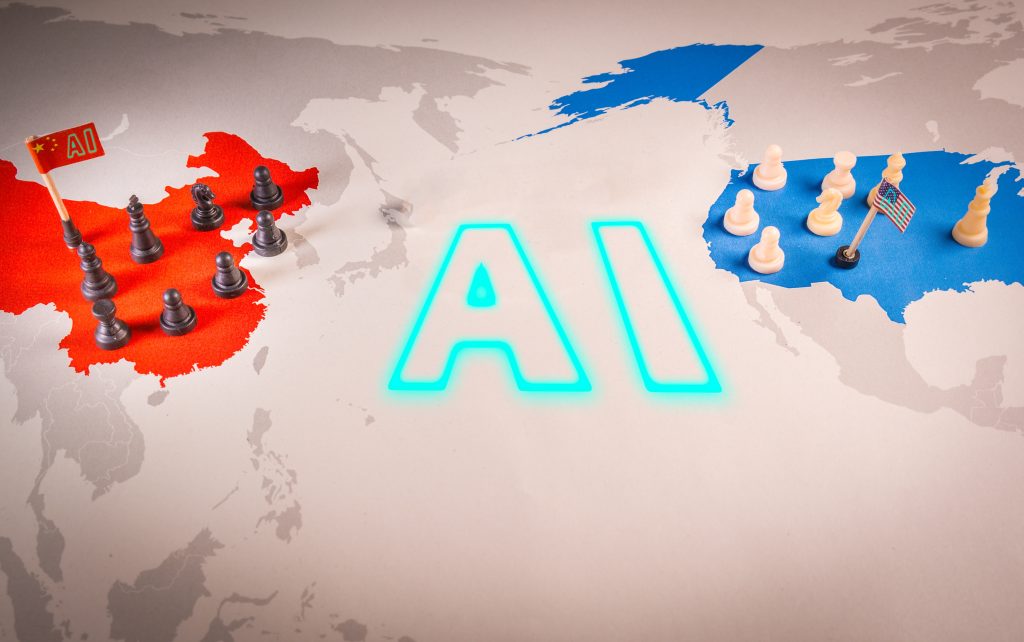The Global AI Race: Competing Visions and Rising Risks
In this episode of The International Risk Podcast, Dominic Bowen speaks with Professor Adam Chalmers about the global race for artificial intelligence leadership and the profound implications this competition holds for innovation, governance, and international risk.
Chalmers, a leading voice on political economy and emerging technology, examines how the United States’ new AI Action Plan and China’s AI Plus Plan reveal two contrasting models for technological development, regulation, and global influence. Together they explore how the pursuit of AI dominance is becoming one of the most consequential geopolitical contests of the twenty-first century.

The AI Action Plan: America’s Bid to “Win the Race”
At the heart of the conversation is the US AI Action Plan, an ambitious roadmap designed to secure American leadership in the emerging AI economy. Chalmers describes it as both a strategy to innovate and a plan to win, a recognition that the race is not only about technology but also about ideology, governance, and the global standards that will determine how AI is used.
The plan is structured around three key pillars: innovation, infrastructure, and international engagement. It seeks to develop what Chalmers calls the full AI stack, from chips to applications, and to export that entire ecosystem to US allies. This is as much about norms and values as it is about technology. By promoting open source models, transparency, and public trust, Washington aims to position itself as the champion of democratic AI governance.
Yet this vision is not without contradictions. While the US Action Plan emphasizes ideological neutrality, Chalmers notes that its very commitment to open systems, free speech, and light touch regulation reflects a distinctly American worldview. “It is not ideology free,” he explains. “It is a different kind of ideology, one that prioritizes freedom of innovation and expression over centralized control.”

The Chinese Approach: Ideology by Design
By contrast, China’s AI Plus Plan presents a state driven model that embeds ideology directly into technology. It promotes AI as a tool for cultural confidence and socialist values, aligning innovation with national unity and strategic security.
Where the American plan aims to stimulate market driven growth, Beijing’s approach is state led and ideology first, ensuring that AI serves the collective goals of the Communist Party. It channels resources into domestic champions, state owned firms, and strategically selected sectors, with major investments in surveillance, industrial automation, and social governance.
Chalmers argues that both systems are racing toward the same destination of technological supremacy, but through very different routes. “Both are about speed, dominance, and global influence,” he says. “But while the United States sees AI as a vehicle for democratic innovation, China sees it as a pillar of social control and economic power.”
Competing Standards and the Battle for Influence
The competition between Washington and Beijing is also a battle to set global standards. The export of AI ecosystems has become a new form of diplomacy, where nations choose not just technologies but also the political values that come with them.
Chalmers refers to this as techno diplomacy. Through trade agreements, research partnerships, and infrastructure projects, governments are now exporting their AI frameworks along with their political models. The United States is promoting its technology primarily to allies, while China is leveraging the Belt and Road Initiative to expand its digital sphere of influence.
Meanwhile, the European Union’s AI Act represents a third path that prioritizes risk management and human centric regulation. “If America is innovation first and China is ideology first,” Chalmers explains, “then the EU is regulation first.” Each approach reflects a different balance of risk, trust, and opportunity, shaping a fragmented and competitive global AI landscape.
The Private Sector and the Innovation Arms Race
A defining feature of the American model is its reliance on the private sector. Rather than naming national champions, the US approach encourages a decentralized ecosystem where market forces drive progress.
This has created an explosion of niche AI companies, each targeting specific applications in fields such as finance, education, health care, and sustainability. Yet this innovation led model also brings new vulnerabilities. With limited oversight, risks related to bias, misinformation, and data security become harder to control.
Chalmers also highlights the growing overlap between civilian and defense innovation. Many of the same companies building consumer AI systems are now supplying defense and intelligence agencies. This dual use challenge raises difficult questions about accountability, transparency, and ethics in the race for AI dominance.

Risk, Trust, and the Future of Work
Beyond geopolitics, Chalmers emphasizes the social and economic risks of the AI revolution. As generative systems become more powerful, entire categories of entry level and white collar work could disappear or be transformed.
“The real test,” he says, “is whether governments can maintain public confidence while productivity surges and job displacement grows.” For both Washington and Beijing, the ability to protect workers while promoting innovation will shape not only economic stability but also political legitimacy.
Education and workforce retraining will be key challenges. “Universities are slow to adapt,” Chalmers observes. “But the world they are preparing students for is changing at unprecedented speed.”

Competing Futures
The race for AI dominance is not only about who can build the most advanced technology. It is also a competition over values, governance, and global influence. Chalmers sees the emergence of two distinct ecosystems: one rooted in liberal democracy and market innovation, and another in centralized control and state ideology.
The outcome, he warns, will shape everything from global security to freedom of information. “It is not simply who builds the best algorithms,” he concludes. “It is who defines what artificial intelligence stands for.”





One Comment
Comments are closed.